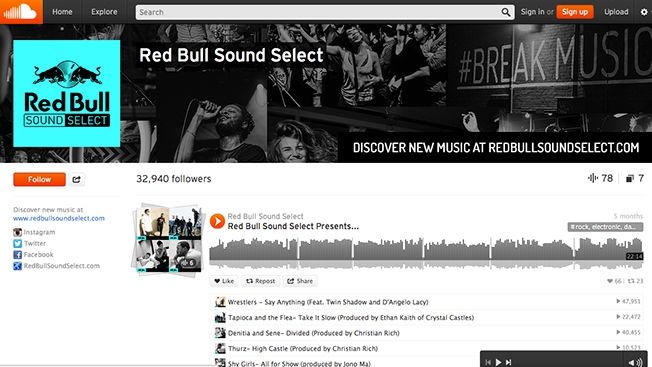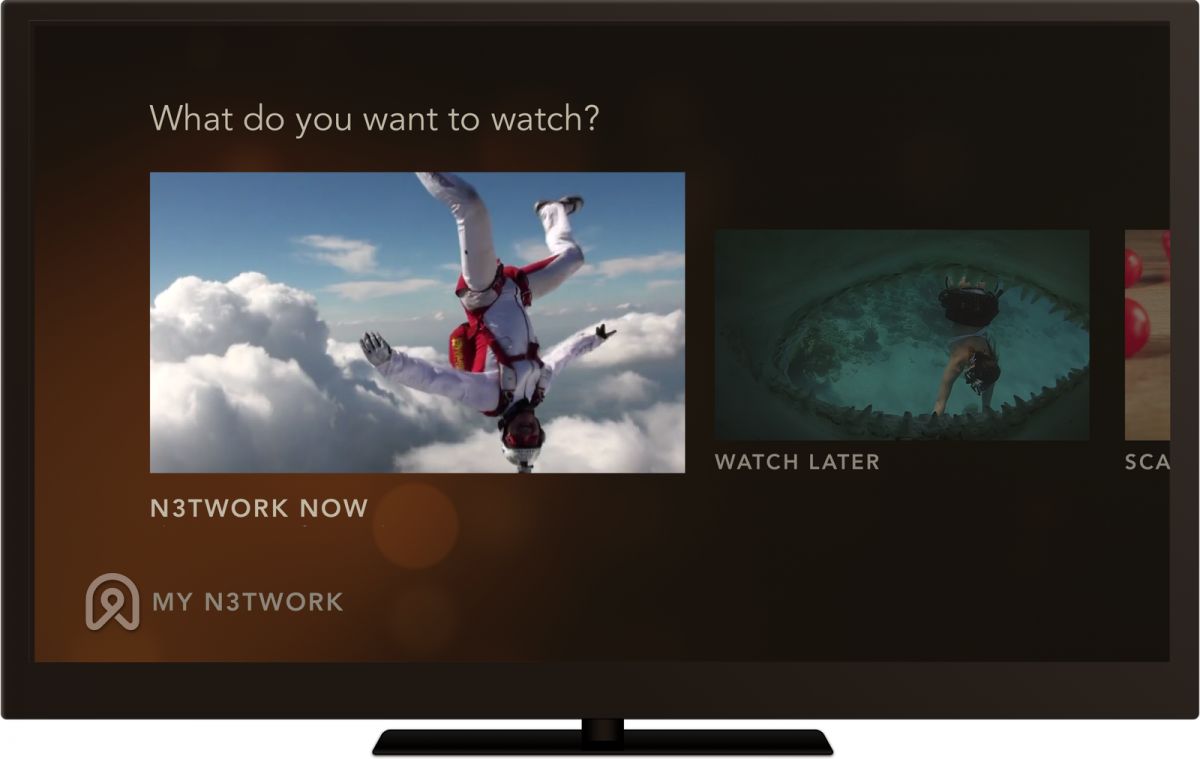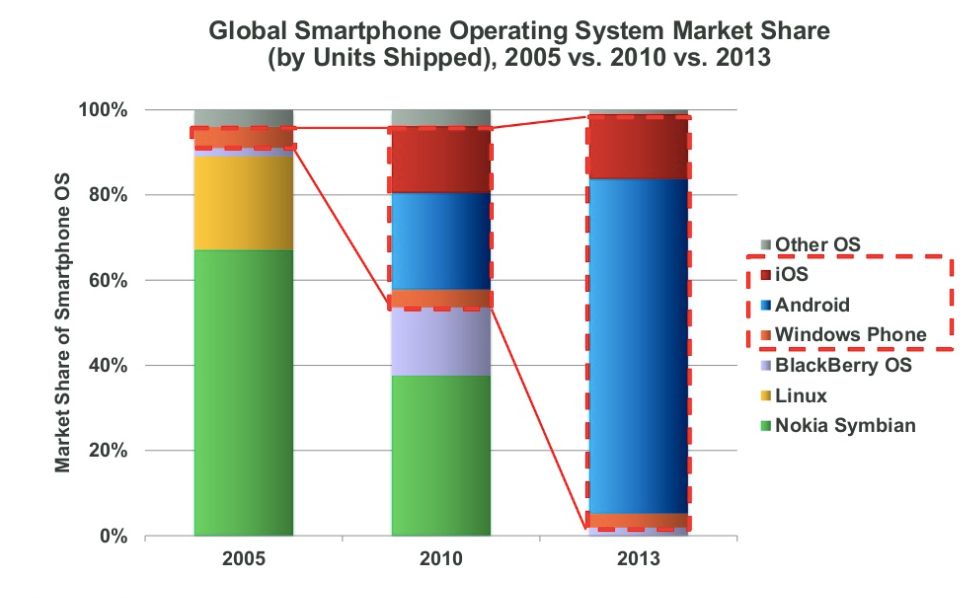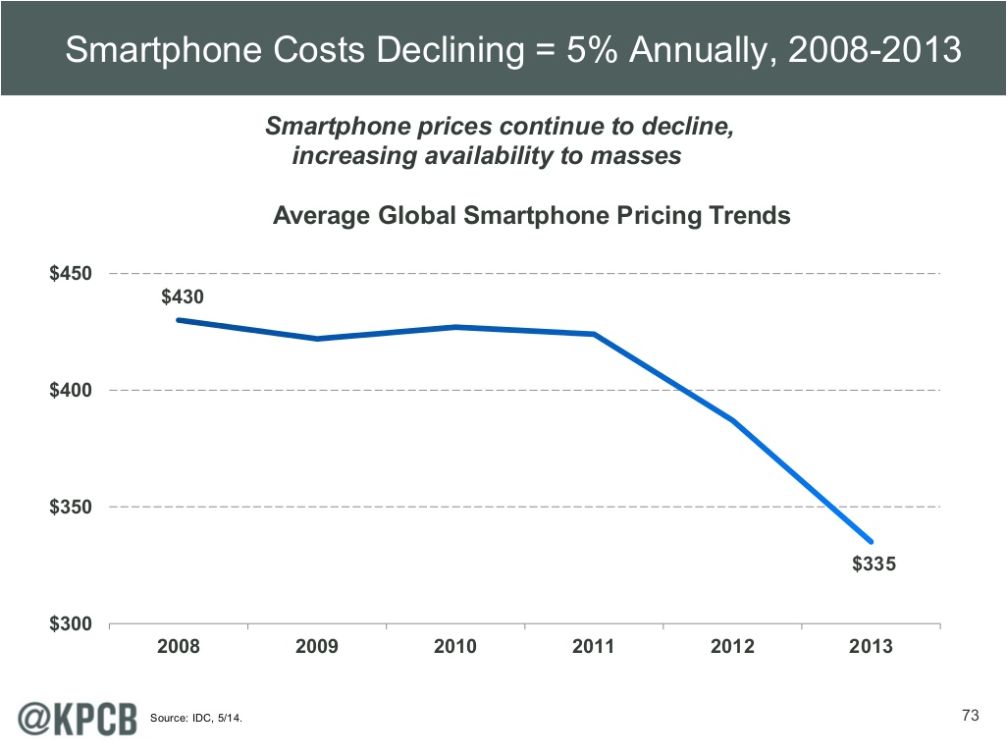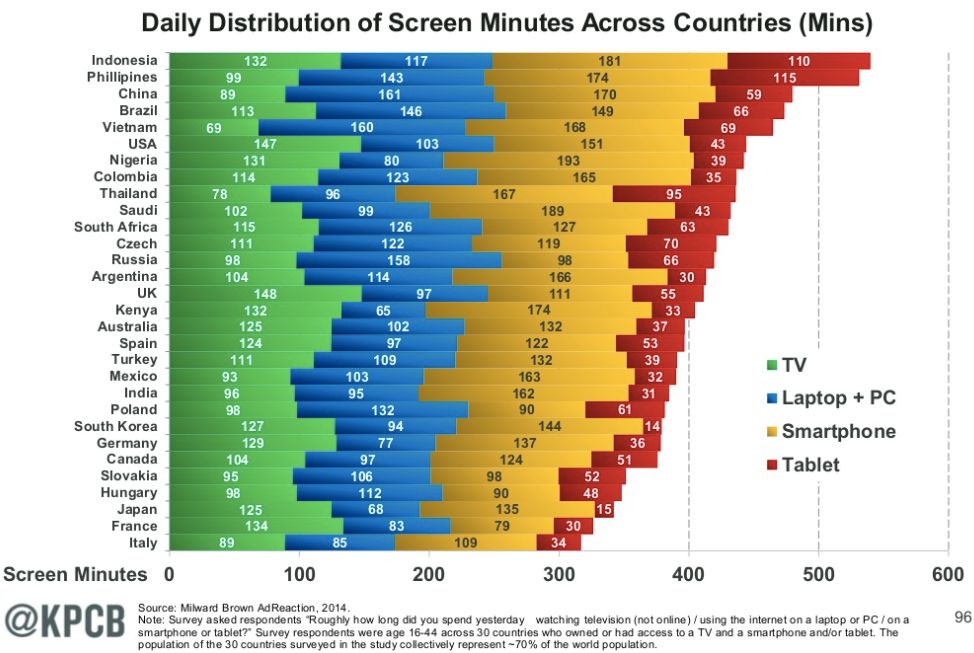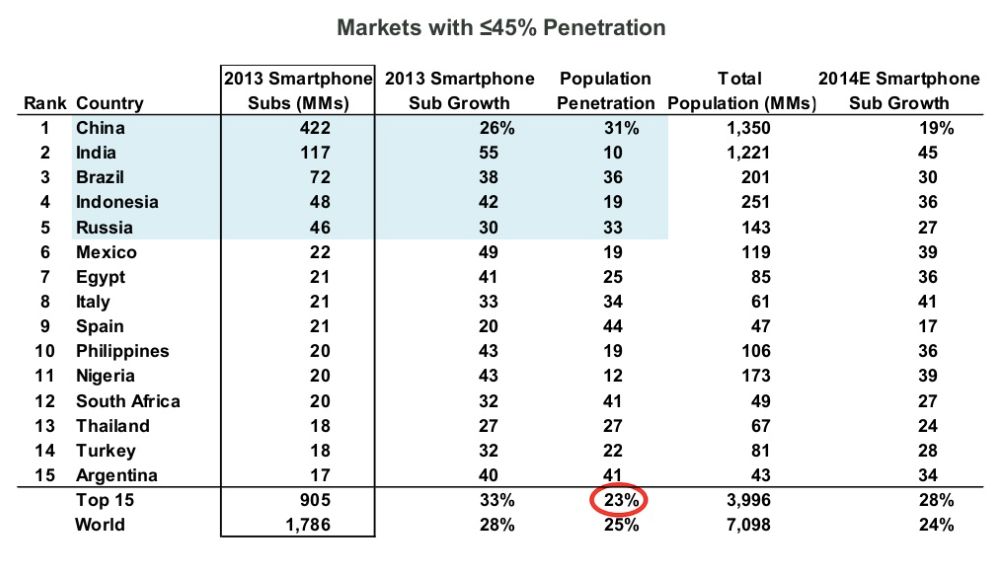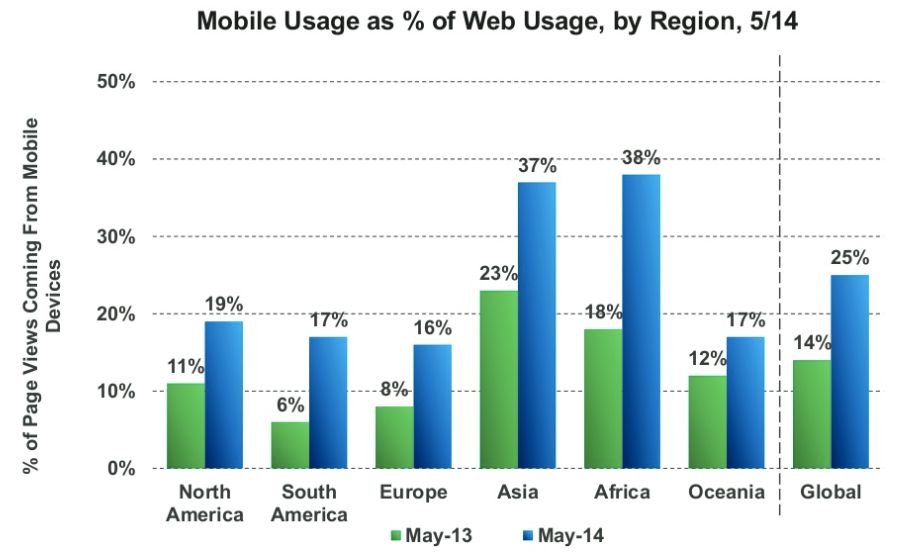GameStop has had a wild ride in the last few years, with its fortunes tied so closely to the console business. The company bumped downward as consoles and console games decline in the years since 2008, and many observers wondered if GameStop was going to be the new Blockbuster Video, a victim of the evolution of the game industry to digital distribution.
Well, the naysayers are apologizing today as GameStop turned in a quarterly performance that beat its own estimates. Total global sales for the second quarter of 2014 were $1.73 billion, a 25.1 percent increase compared to $1.38 billion in the prior year quarter. A key performance indicator for any retail store is how well stores that have been established for more than a year did compared to last year; GameStop saw that consolidated comparable store sales increased 21.9 percent.
When it comes to profits, GameStop saw them more than double. “GameStop’s net earnings for the second quarter were $24.6 million, a 134.3 percent increase compared to net earnings of$10.5 million in the prior year quarter. Diluted earnings per share were $0.22, a 144.4 percent increase compared to diluted earnings per share of $0.09 in the prior year quarter,” the company said.
Investors drove GameStop shares higher on the news, with the share price up over 5 percent this morning. They may be feeling a little better about the company’s prospects, but navigating the turbulent waters expected over the next few years is still going to be difficult. Although GameStop had a great quarter, it did not lift its guidance for the full year. The company is being cautious, watching so many big software titles get pushed out to 2015 — and it’s still not clear just what the long-term sales level will be for this new generation of consoles.
Analyst Michael Pachter of Wedbush Securities is still positive on GameStop, looking for the shares to hit $60 (they are currently a little over $42). Colin Sebastian at Baird Equity Research is positive as well, looking for the shares to hit $52. Both analysts see GameStop riding the wave of next-gen well, and continuing to expand into technology businesses. “Q2 mobile sales were $112.1 million (up 85 percent from last year’s $60.6 million), with Technology Brands accounting for $70.1 million (roughly 63 percent) and $7.1 million of the company’s operating income (roughly 19 percent). The contribution highlights how important the new business will be to the company’s profitability in quieter periods for the video game industry,” Pacheter said in his note to investors.
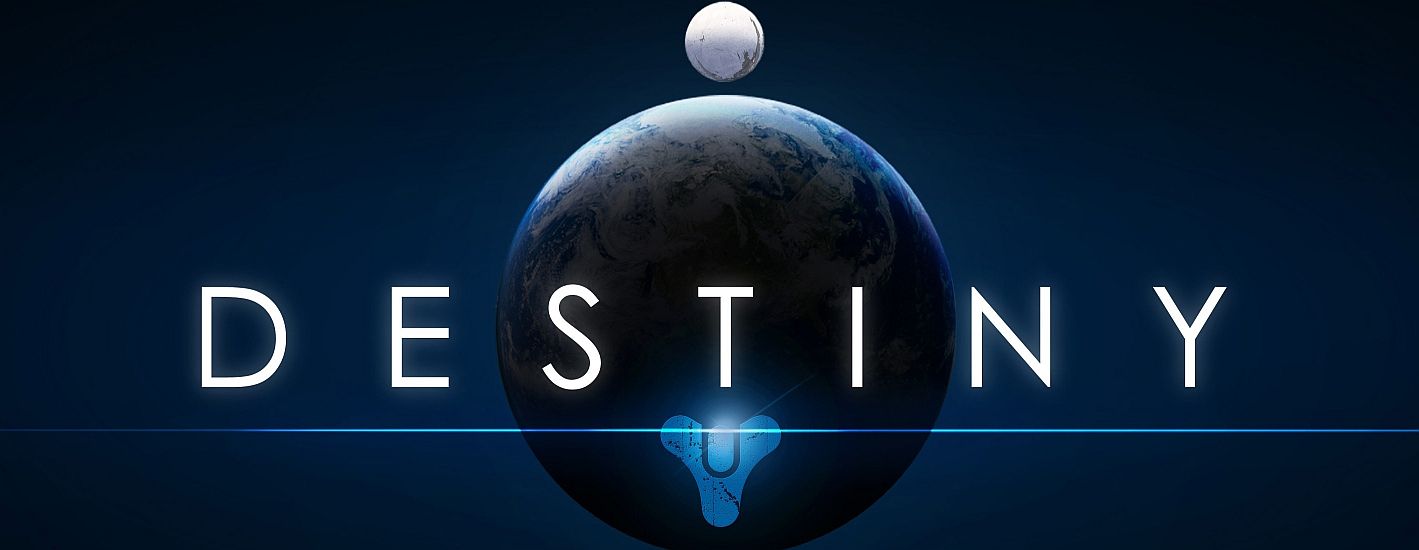
GameStop’s terrific results were driven by mainly by next-gen hardware sales, which were up 125 percent. As well, new software sales rose 15.6 percent, which was roughly twice the growth of the overall industry. While that was great, GameStop also did well in other areas. “For the quarter, our digital receipts rose 18 percent, with console digital increasing 13 percent and PC digital increasing 24 percent,” said president Tony Bartel. “On a year to date basis, we have grown our digital receipts by 13 percent, which is essentially in line with the mid-teens digital growth rates of our top four publishers.”
Software sales for next-gen consoles are building as key titles make their way to market, albeit more slowly than anyone would wish. “The attach rate is still building, as publishers release more new titles. GameStop’s attach rate is now above four, which is 75 percent higher than the rest of the industry,” said Mike Hogan, EVP of strategic business and brand development. “In the nine months since launch, category-wide sales of next-generation hardware are 70 percent higher than the same period following the PS3 and Xbox 360 launch, and GameStop’s sales are plus 140 percent. During the same timeframe, category-wide next-gen software sales are plus 26 percent versus the prior generation launch and GameStop’s are plus 103 percent.”
Hogan also noted that GameStop is doing very well with its games division, both online and mobile. “In the second quarter, Kongregate, our mobile and casual games platform, hosted very strong results, growing plus 123 percent over the prior year,” Hogan said. “We currently have 12 games active on the IOS App Store and Google Play Store, with a total of 20 games expected to be launched by year end. We have multiple games running above a $10 million annual rate, and expect Kongregate to be a top-10 third-party mobile games publisher this year.”
All told, it looks like GameStop is growing its range of businesses very well while it rides the wave of next-gen consoles as far as it goes. The Technology Businesses (buying and reselling mobile devices, opening retail stores like Simply Mac) has been growing rapidly, and provides a hedge against a downturn in console sales. Perhaps most importantly, GameStop has been able to significantly capitalize on selling digital goods in-store, which many deemed a near-impossible task. It turns out, though, that knowledgeable advice at the retail point of sale is a great way to sell additional content for games.
While digital distribution is growing, GameStop is doing what it can to be a key place for gamers to get the info (and products!) they desire. Yes, we can now order a game through our console. But when we want advice on which one, or whether or not a map pack is worthwhile, maybe a trip to GameStop s indicated. And hey, if I need some money for a new game, I can sell some of my old ones that I’m really not playing any more. Besides, whenever I go into GameStop I always see something cool that I didn’t even know was out there, right
GameStop has many challenges ahead, but keeping a focus on the customers should help them through it. The GameStop Expo is in Anaheim in a few weeks, where GameStop will bring all of its managers together for a look at the hot upcoming titles and to get ready for the holiday season. Then GameStop throws open the doors to consumers, where tens of thousands of eager fans will get a chance to go hands-on with the big titles coming for the holidays. The [a]listdaily will be there, and talking with some GameStop executives to get their insights into the market ahead.
